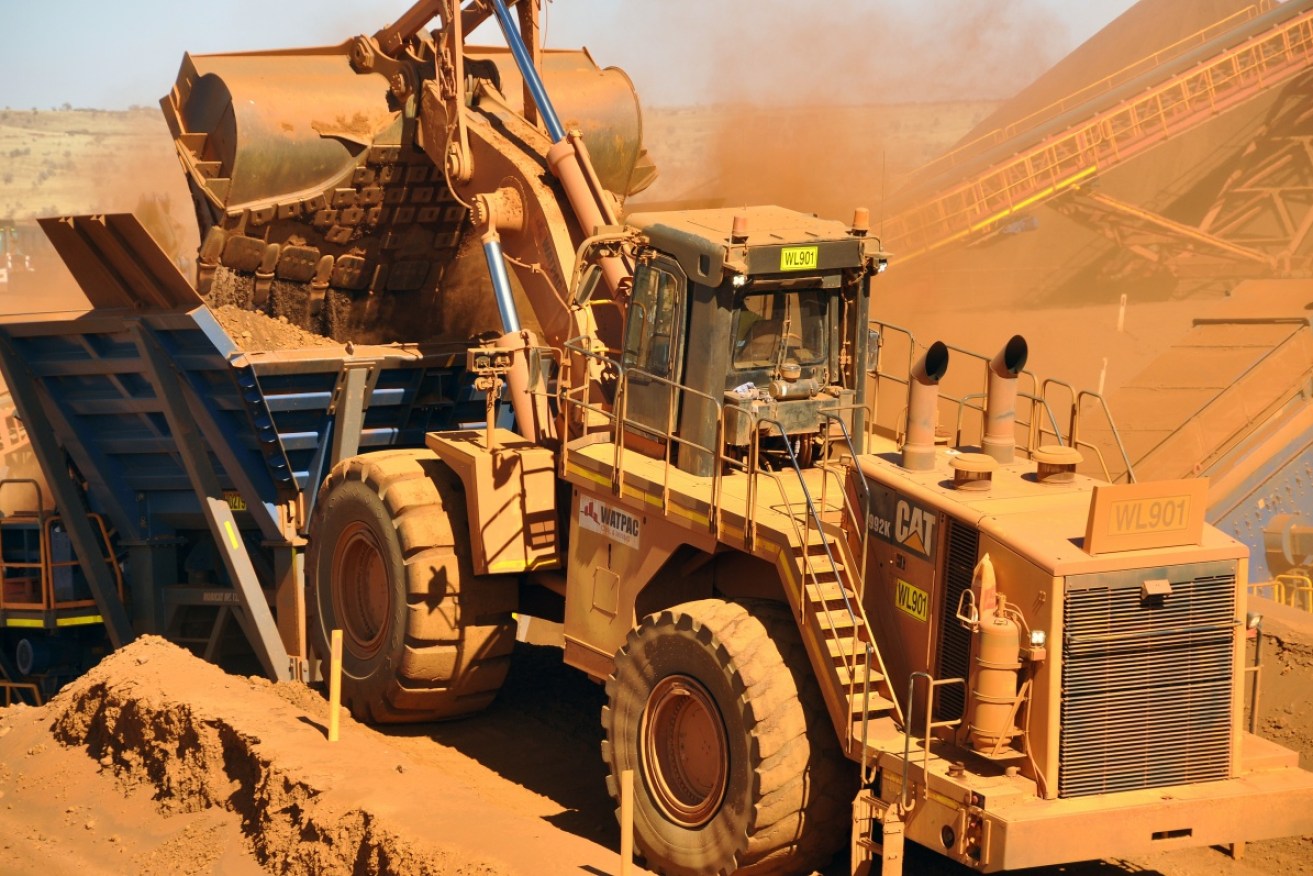The city set to rival Sydney’s booming economy


Miners are dumping the mines.Photo: AAP
The rivalry between Melbourne and Sydney is almost as old as Australia and spills over from sport, culture, geography and lifestyle into economics.
The latest shot in that PR war came with figures showing Melbourne has jumped ahead of Sydney in the housing price stakes.
The city’s housing values rose 11 per cent year on year compared to 10.5 per cent for Sydney, according to the survey produced by research house CoreLogic RP Data.
• NSW economy still the strongest
• Australian house prices ‘severely unaffordable’
• Manufacturing grows again
Melbourne has also jumped ahead in the longer-term pricing stakes, recording average annual growth of 7.7 per cent for the past 10 years, compared with Sydney in second place with 5.9 per cent, Darwin with 5.8 per cent and other cities.
What that 7.7 per cent figure means is that the average house in Melbourne grew in value by almost 100 per cent over the past 10 years compared to 77 per cent in Sydney.
RP Data’s research chief Tim Lawless said all that shows is that “Melbourne’s housing market has been more resilient to slowing growth conditions”.
More Aussies want to be Victorian
Other recent research shows NSW has the upper hand. Australia’s most populous state spent much of the past decade hobbled by soft economic conditions after governments dropped the ball on infrastructure spending and housing development.

More Aussies are moving to Melbourne. Photo: AAP
But that has changed recently with the state picking up speed to the point where recent figures from the Commsec State of the States survey show NSW is number one economically.
More jobs in NSW
That’s built on low unemployment of 5.2 per cent, which is well below the national average of 5.8 and a good deal better than Victoria at 5.9 per cent. Other positives include retail trade, investment equipment and new housing starts.
But that economic picture is a snap in time, and on lots of measures Melbourne and Victoria are coming out in front of their northern neighbours.
Victoria now has the fastest annual economic growth rate in the nation, up by 3.4 per cent on a year ago, ahead of ACT with 2.6 per cent, while NSW came it at number five. That means Victoria is speeding up and the race is going in its direction.
While Victoria has a higher unemployment rate, those in jobs are seeing their wages grow faster than anywhere else. Victorian wages are growing at 2.6 per cent annually while NSW has 2.2 per cent growth, with the NT in second place at 2.4 per cent. That faster growth means retail spending should strengthen in the coming year.
Interestingly it seems like more people want to live in Victoria with the state’s population growing at 1.7 per cent while NSW was up 1.39 per cent over the last year. That growth is due to solid international migration numbers as well as a desire among Aussies in other states to live in Victoria.
Australian Bureau of Statistics figures show that around 72,000 Australians moved states to Victoria while 62,000 left the state giving a 10,000 net gain. NSW, by comparison, saw 86,000 people arrive from interstate but nearly 93,000 left giving a net loss of 7000.
So why are people coming to Victoria? BIS Shrapnel researcher Angie Zigomanis says “it could be people returning from the mining states as the mining boom subsides”.
There are some important pull factors for Melbourne as a city with The Economist Intelligence Unit naming Melbourne as top of its Most Liveable City table while Sydney sits at number seven with Perth at number eight.

Miners are dumping the mines. Photo: AAP
The index ranks 30 factors related to things like safety, healthcare, educational resources, infrastructure and environment in 140 cities.
Housing prices an attraction
There is a longer-term danger in the strong housing figures. Mr Zigomanis says that one factor attracting other Australians to Melbourne is housing affordability.
While the southern city is experiencing strong price growth, RP Data says the median dwelling price in Melbourne sits at $595,000 while Sydney sits at $776,000.
If Melbourne moves towards Sydney values in the longer term some of its attractiveness and liveability may vanish.
Interestingly, the predicted apartment glut is starting to be Melbourne and Sydney. While average price growth over the year to the end of January was 5.4 per cent and 9.6 per cent respectively, growth is slowing fast.
The latest month saw Sydney apartment prices falling 0.2 per cent and the latest quarter fall 0.7 per cent, while Melbourne’s results were a positive 0.3 per cent for the month and a positive 1.6 per cent for the quarter.
The market is slowing and that will be felt across both cities over this year, Mr Zigomanis said.
For the year, Brisbane had 2.8 per cent growth, Adelaide 1.1 per cent, Hobart 2.3 per cent, Canberra 6 per cent, Darwin minus 2.1 per cent and Perth a negative 4.1 per cent.









